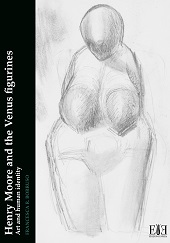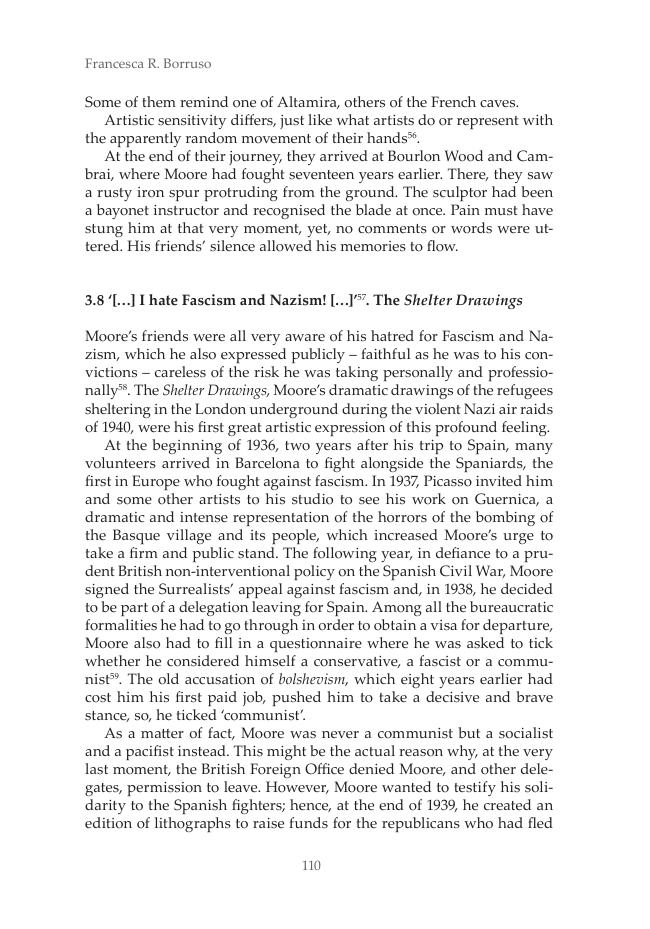2023 - Edizioni Espera
E-book
Digital Version
Télécharger | Copier/coller | Impression
Henry Moore and the Venus figurines : art and human identity
215 p. : ill.
- Includes bibliographical references.
- Henry Moore's profound interest in the art of prehistory touched on many different aspects, from his early studies on and drawings of small sculptures and bas-reliefs of female creatures known as Palaeolithic Venuses (1926), to Primitive Art (1941), written a few months after the bombing of London, and finally to Three Standing Figures (1948), Seated Woman (1958) and Three Quarter Figure (1961). The thread of passionate and continuous coherence that intertwines Moore's interest in primitive art with his own art, from drawings to grandiose sculptures, unfolded over his entire life, permeating his in-depth research into human identity.
- ollowing Moore's research, we reach back into the first archaeological discoveries in the second half of the 19th century, and the hostility and radical opposition the existence of human beings living thousands of years apart, and their art, aroused in the academic and religious environments. At the time of Moore's first drawings, these positions were still dominant - only recently, have we started to consider an age so far back in time as Deep History, our own Deep History -, which contrasted with what Moore had always sensed. For instance, drawing from his own identity as an artist and a human being, Moore never perceived any discontinuation with first human beings existence and art. To him, Art is a universal continuous activity with no separation between past and present. [Publisher's text]
- H. Moore (1898-1986).
-
Informations



